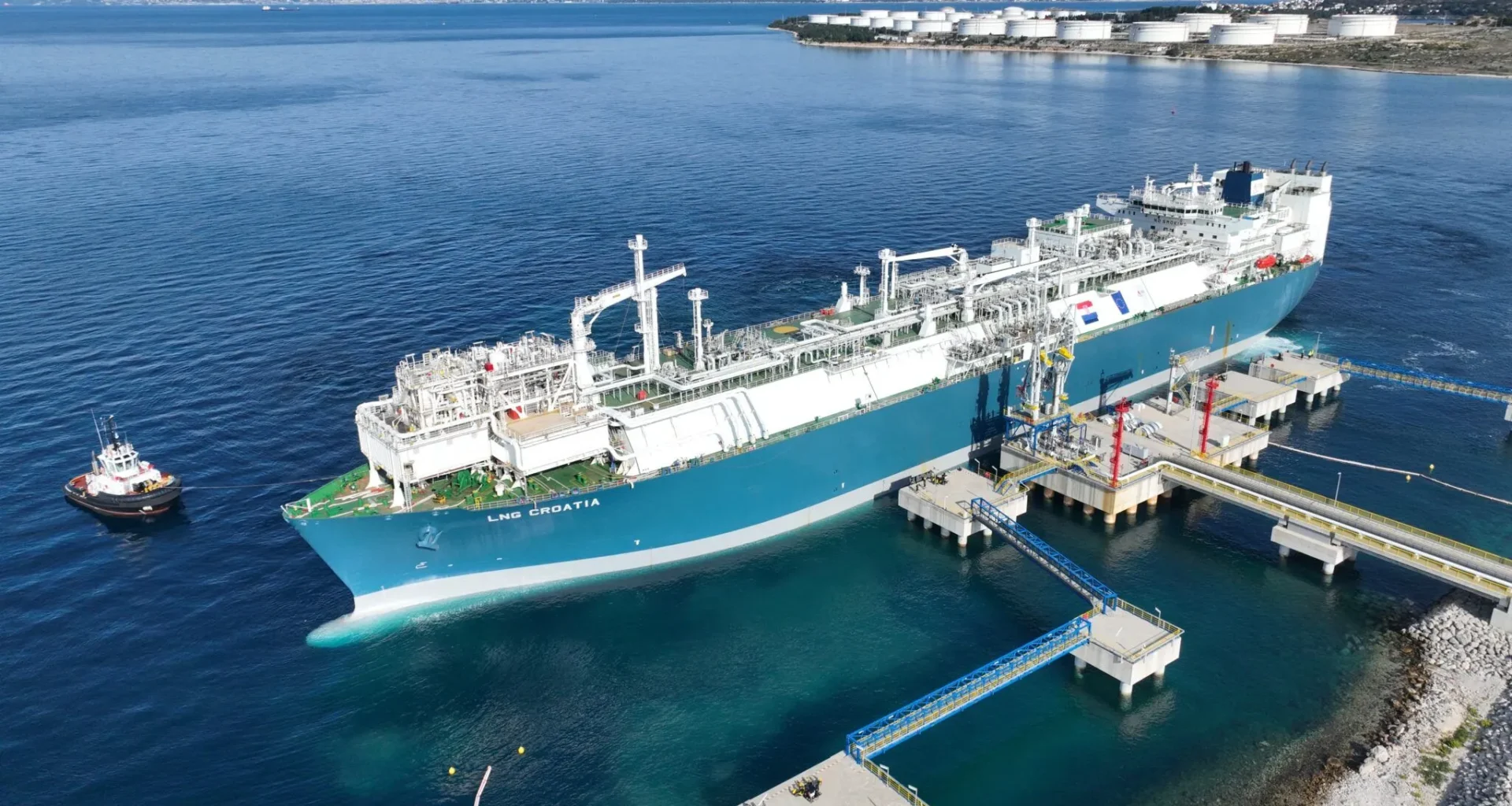According to a statement by LNG Croatia, the LNG terminal’s commissioning and trial process was completed on November 7.
The new regasification module comprises one train with a maximum natural gas sendout of 250,000 cbm per hour.
“During the trial operation, all combinations of the new module’s operation with the old one were tested, together with their failures and all safety settings of the entire regasification system,” LNG Croatia said.
The total maximum capacity of the LNG Terminal was thus increased from 3.9 billion cubic meters of natural gas to 6.1 billion cubic meters of natural gas.
“On November 8, 2025, a daily record of natural gas sendout into the transmission system of 9 million cubic meters of natural gas or approximately 96 GWh was achieved, which is the most dispatched into the transmission system in one day since the LNG Terminal began operating,” LNG Croatia said.
128th LNG cargo
LNG Croatia also stated in a separate social media post that it had received its 128th LNG cargo on November 8, since the launch of operations in January 2021.
The 2025-built 174,000-cbm Orion Saint, owned by JP Morgan’s Global Meridian Holdings and chartered by Mercuria, delivered the shipment from Cheniere’s Sabine Pass LNG terminal in Louisiana, according to VesselsValue data.
Last month, the 140,000-cbm FSRU, LNG Croatia, returned to its base on the northern Adriatic island of Krk after it received a new regasification module at Türkiye’s Kuzey Star yard.
Chinese shipbuilder Nantong CIMC Sinopacific Offshore & Engineering completed Wartsila’s regasification module, which was installed onboard the FSRU, in March this year.
Norway-based Wartsila Gas Solutions, a unit of Finland’s Wartsila, awarded the module contract to CIMC SOE, a unit of CIMC Enric, in 2023.
Before that, Wartsila Gas Solutions won the contract worth about 22.9 million euros ($26.5 million) to supply the regasification module for the FSRU.
The new module supplements the vessel’s existing onboard Wartsila regasification system, which includes three LNG regasification units with a maximum regasification rate of 451,840 cbm per hour.
